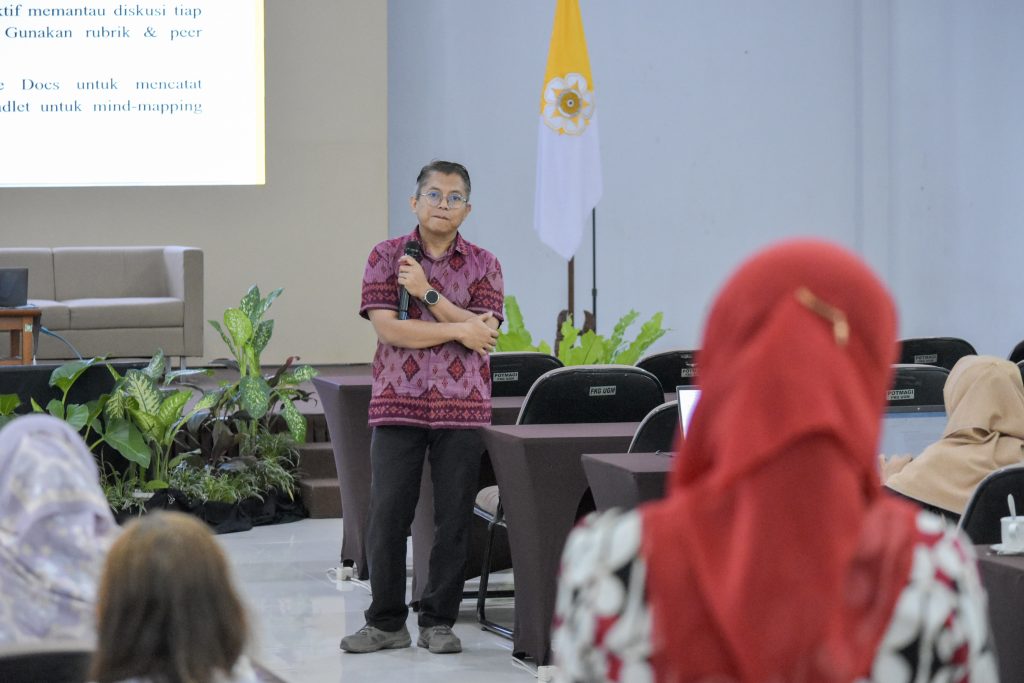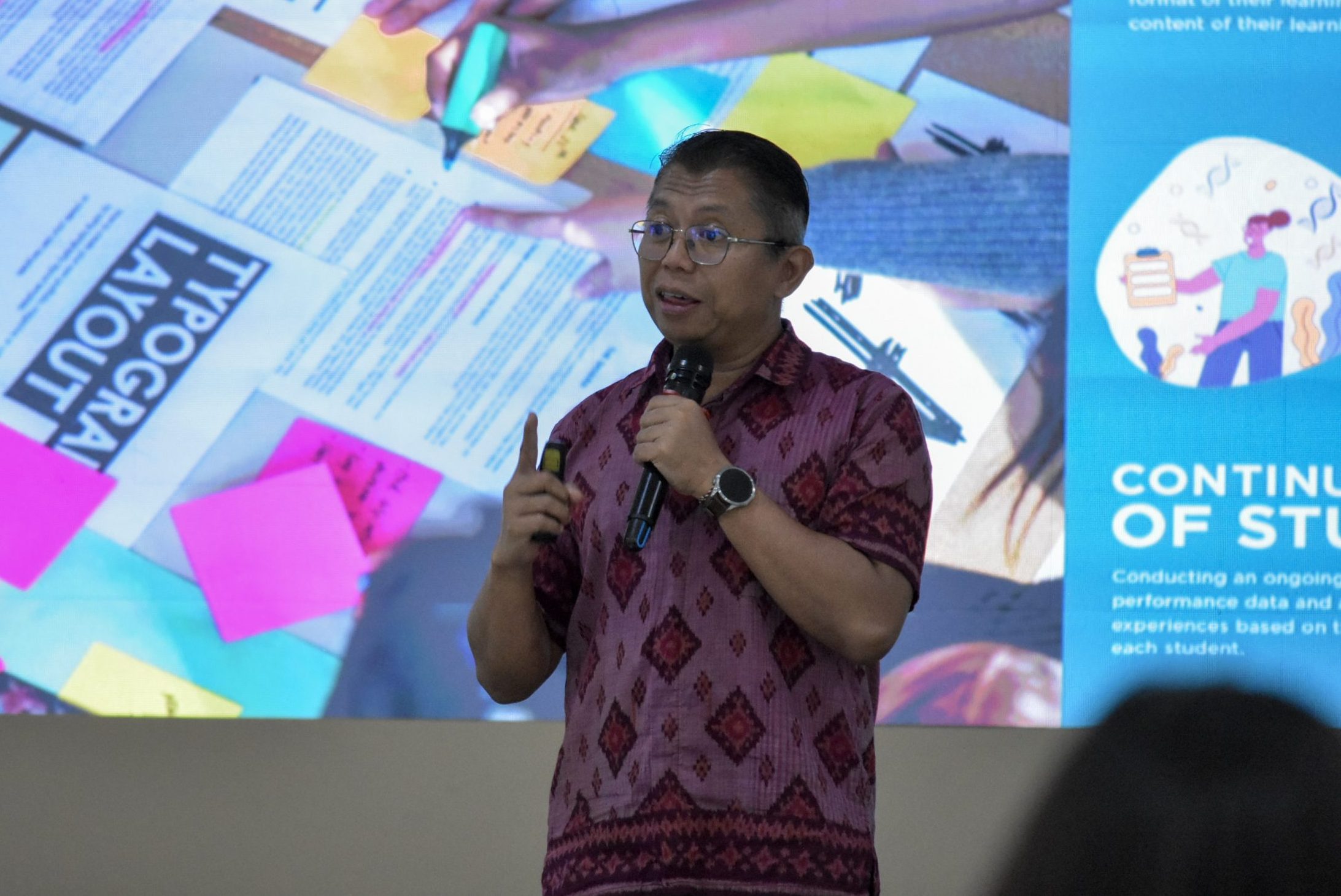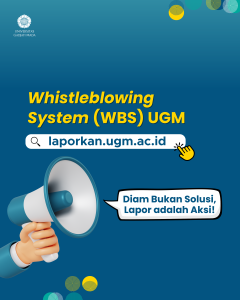Teaching in an international class presents its own unique challenges. It’s not just about using English as the medium of instruction, but also about understanding the diverse backgrounds of students—from different cultures, learning habits, and communication styles. Delivering content clearly is no longer enough. Lecturers must also create an enjoyable, interactive learning environment that is relevant to the needs of today’s students.
This point was emphasized by Dr. Irwan Endrayanto Aluicius, S.Si., M.Sc. from the Directorate of Academic Studies and Innovation at Universitas Gadjah Mada (UGM), in his presentation titled “Engaging and Up-to-Date Teaching Methods for IUP Classes". He stressed that teaching approaches in international classes should be contextual, communicative, and tailored to the characteristics of the students.
Adapting to the Students
“Most international students today belong to Generation Z. They grew up in the digital era, are used to multitasking, and often have short attention spans,” said Dr. Irwan. Therefore, teaching strategies must be able to capture attention from the very beginning—such as by opening lectures with relevant and curiosity-provoking material.
Lecturers are also encouraged not to dominate the class, but to foster active interaction. Students should be directly involved in the learning process through group discussions, presentations, or case studies that reflect global contexts. “An international class cannot be one-way. There must be active student participation,” Dr. Irwan explained. Such interaction strengthens understanding and helps students from various countries connect and appreciate different perspectives.
He shared seven methods that can make teaching in international classrooms more engaging and effective:
- Student-Centered Learning – students are the focus of the learning process.
- Flipped Classroom – students learn the material beforehand, and class time is used for discussion.
- Case-Based Learning – using real-world case studies as learning tools.
- Problem-Based Learning (PBL) – students learn by solving open-ended problems.
- Project-Based Learning (PjBL) – learning is based on real-world projects.
- Gamification – incorporating game elements to boost learning motivation.
- Blended Learning – a mix of online and face-to-face learning.

Using Technology Wisely
Educational tools like Kahoot, Padlet, Miro, and Mentimeter can effectively increase student engagement. However, technology should be used wisely as part of a broader learning strategy—not just as a gimmick. “Technology can make classes more dynamic, but it must have clear direction. Don’t let it be noisy but shallow,” he emphasized.
Ultimately, the lecturer remains the key figure in the classroom. Students appreciate educators who are open and enthusiastic about teaching. According to Dr. Irwan, lecturers with strong character leave a lasting impression—not only as teachers, but also as role models.
Author and Photographer: Fajar Budi Harsakti



